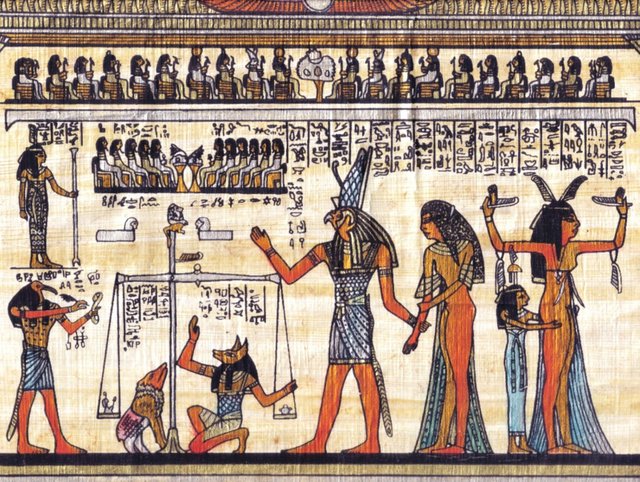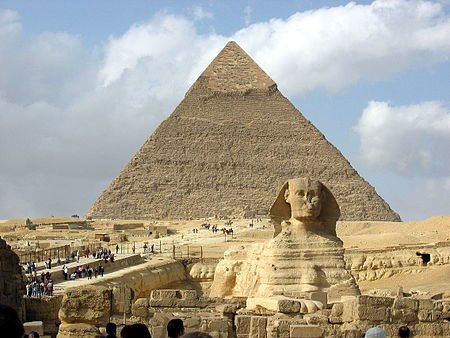Traveling in ancient history is like traveling to space

Evoke the history and re-written in literary stories based on research, excavations and Almruyat and history, it is not always easy, but like writing science fiction, which is based writer on data and evidence of scientific and which rebuild the world as it was, in the form of simulation, but Btejeal total. This is what makes literature written in this way enjoyable trip through language and imagination.

Cairo - “Tales of the Ancient Orient” are short stories that serve as an invitation to travel to the distant past in the East, where the oldest civilizations, starting with the ancient Egyptian civilization, take us on a fun and exciting journey of imagination, the author of these tales takes us, writer Alexander Nmirovsky.
In the stories of Nmirovsky, we get to know the heroes of ordinary people, who lived in ancient historical periods, where the writer depicts them in a simple and smooth style in line with the uncomplicated nature of life at that time, to present us with characters who live with their struggles, aspirations and beliefs, and meditate on placing the first building blocks in Human thought and the concepts of freedom, human rights and social justice.
travel in history
Mostafa Mahmoud, the translator of the book “Tales of the Ancient Orient,” confirms that creativity of this kind is classified as science fiction literature, as it is a journey to the distant past, as is the case in trips to the future. The imaginary work is based on scientific facts that history has revealed to us about the past in the form of inscriptions engraved on the walls or ruins of temples, and in papyrus papers, archaeological tablets, ancient manuscripts, and others.
The creator actually builds the events of the story or novel after establishing the existing societal structure, the hierarchy of power, social relations and the prevailing beliefs. It takes these material fragments and superimposes on them the events that take place within the boundaries of space, society, climate, economic and social relations, and the existing power structure.